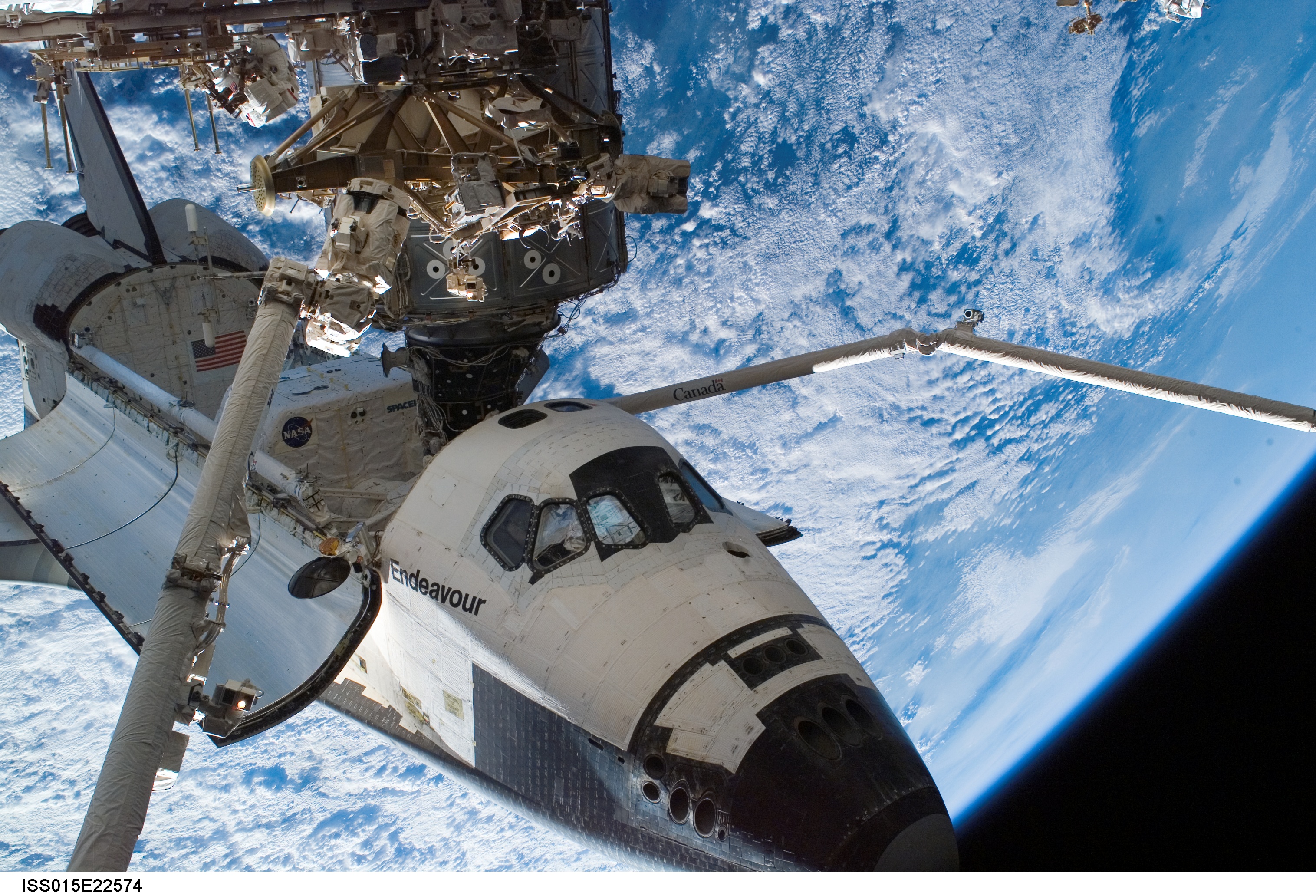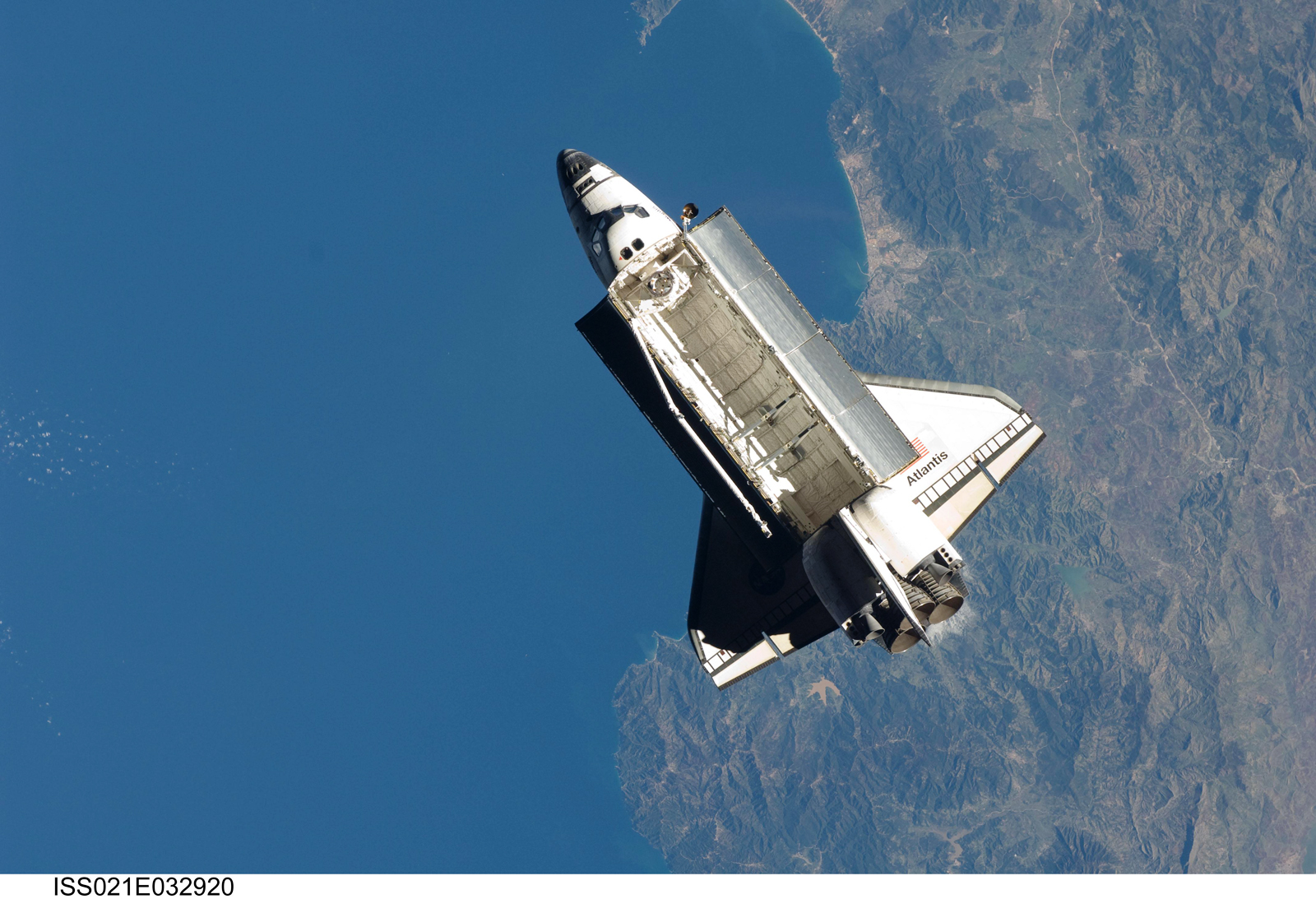
Within hours, the formal Columbia Accident Investigation Board (CAIB) began its work. On February 1, 2003, the nation witnessed in real time the disintegration of the Shuttle Orbiter Columbia as it attempted to re-enter the atmosphere after its 15-day mission. The Columbia Accident Investigation and the Flight Day 2 Object– a Brief Recap Beginning with the Columbia investigation and ending with the creation and deployment of the NASA Ascent Debris Radar (NDR) System, this article will cover the “Electromagnetics (EM) Backstory” that was instrumental in allowing the Shuttle to safely fly again. While much has been written about the Shuttle program, this specific article will focus on a very little-known element of the Shuttle’s return-to-flight (RTF) story. The Shuttle’s subsequent 22 missions made possible the completion of the assembly of the International Space Station (ISS) and provided a final service call for the Hubble Space Telescope, before the Shuttle fleet was retired in 2011. After a lengthy accident investigation and root cause analysis, the Shuttle successfully flew again on July 26, 2005. This accident not only personally affected the extended families of the astronauts, it permanently changed the trajectory of the U.S.

O n February 1, 2003, NASA’s Space Shuttle Orbiter Columbia broke apart upon re-entry into the earth’s atmosphere, tragically ending the lives of seven highly-trained and experienced astronauts.

With deepest respect, this article is dedicated to the extended families and friends of the astronauts lost on Columbia’s final Shuttle mission. How Applied Electromagnetics Guided the 22 Post-Columbia Shuttle Missions


 0 kommentar(er)
0 kommentar(er)
